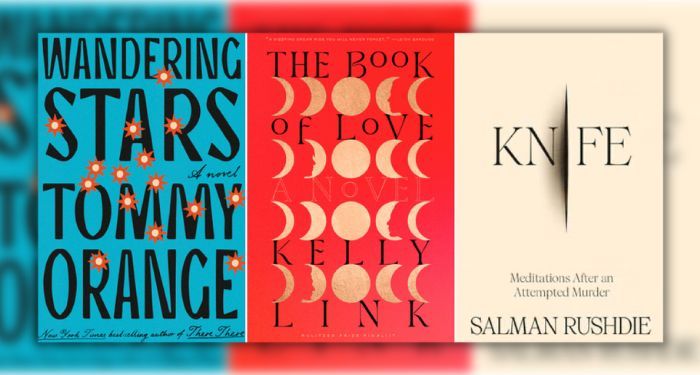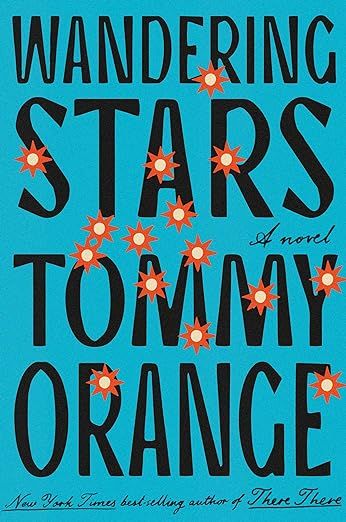Last spring, I had an idea for a recurring segment on First Edition where I would have Rebecca Schinsky help me decide what the “it” book of the month would be. I drew up a list of ten contenders, and then we put them through a knockout round: the first book would be discussed along with the second. One of them would advance to face the third book, and then the winner of that round would proceed.
The simplicity of the structure only highlights the elusiveness and complexity of what we are trying to define. For as strange a task as it is to talk about The Woman in Me in combination with Let Us Descend, for example, it throws into relief the many ways a book can capture our attention. We really don’t disagree that often, and our sense of what gives something “the juice” is largely congruent. And what’s more, we don’t typically get a lot of “wow, were you guys wrong” feedback. This doesn’t mean that we are right (there really is no right here), but I think it does suggest that even if our particular read on a book or combination of books isn’t precisely that of our listeners, it is close enough. And that is pretty strange. That something as vague, changeable, and immeasurable as being the “it” book of the month can be fairly readily agreed upon.
From time to time, there are hard calls, though, and in these moments is where it gets interesting. Because it generally is the case that if we struggling, it is not because the books in question possess some similar virtues, but that they have very different ones. This is when the degree of those qualities, and where those qualities exist in the hierarchy of attention(see, I am differentiating already), becomes fun to parse. We have found ourselves navigating certain fault lines repeatedly and, in the navigating of them, articulating what they are and how they indicate tectonic cultural forces.
And here is my best effort to describe them, in alphabetical order:
Industry Signal
Indie Next pick. Jenna’s Book Club. One of Time’s Most Anticipated Books of 2024. Author profile in The New Yorker.
Industry signal is the publishing complex’s (the industry plus the media outlets, reviewers, influencers, booksellers, etc.) efforts to get stuff on our radar. Sometimes, the bird-dogger might have read the books. Sometimes not. My own anticipated books become public in various Book Riot places before I have read them: in this case, I am both signaled and signaler. That’s how it works.
Best 2024 Example I can think of: The Book of Love by Kelly Link.
Critical Acclaim
A rave in The New York Times. A “best of the month” mention. Finalist for the PEN/Faulkner Award. Starred Review in Publishers Weekly.
The collective answer to the “is it worth reading?” question by those who do so professionally. There was a time when one great review in The New York Times could make a book (and before that The Saturday Evening Post and others). Now it is more of a consensus that begins to form that, if you pay attention, you can feel.
Best 2024 Example I Can Think Of: Wandering Stars by Tommy Orange.
Click here to continue reading this free article via our subscription publication, The Deep Dive! Weekly staff-written articles are available free of charge, or you can sign up for a paid subscription to get additional content and access to community features.


